First of three-part series intended to get you comfortable with photochemistry and provide you with everything you need to know to get started.
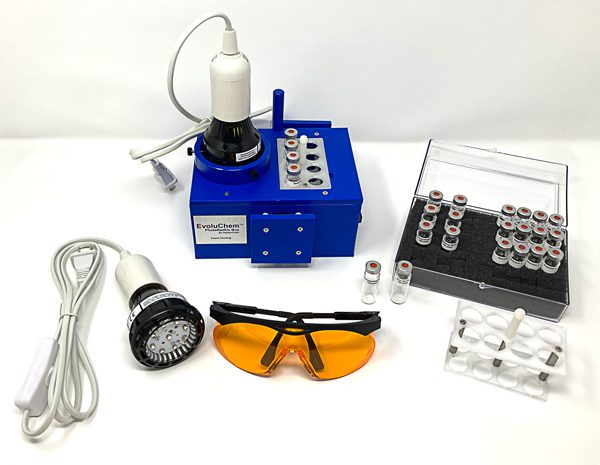

First of three-part series intended to get you comfortable with photochemistry and provide you with everything you need to know to get started.
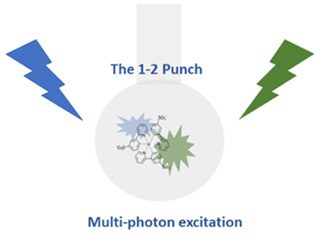
Multi-photon approaches to synthetic photochemistry expand the potential pathways to create more efficient and potentially safer reaction conditions.

A number of recent red light applications in photochemistry have expanded the options available to synthetic organic chemists.
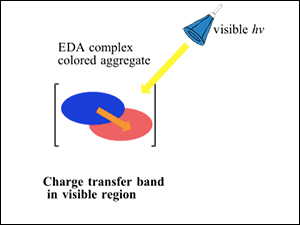
Discussion about the modern photochemical approaches using Electron Donor-Acceptor EDA complexes in synthetic organic chemistry.
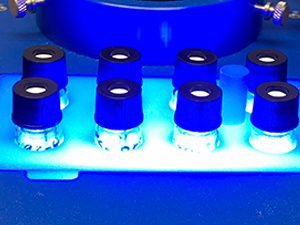
We describe ferrioxalate actinometer protocol we use to determine photon flux in different reaction vials and photoreactors.
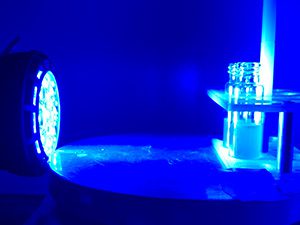
Details on how we determine photon flux using actinometry measurement. Photon flux is measured for our photoreactors using different setups.
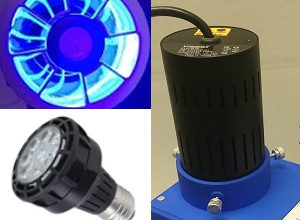
Learn how properly evaluating light sources in photochemistry ensures your ability to study, optimize and scale your reactions.
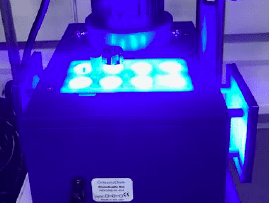
Abstract While carbon-heteroatom cross coupling reactions have been extensively studied, many methods are specific and limited to a set of substrates or functional groups. Reported here is a method that allows for C-O, C-N and C-S cross coupling...
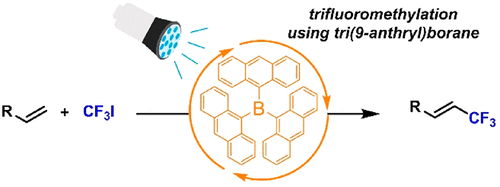
Abstract Tri(9-anthryl)borane was successfully applied as an organophotocatalyst for the visible-light-induced trifluoromethylation of unactivated alkenes with CF3I. The mild reaction conditions tolerated a variety of functional groups, and the...
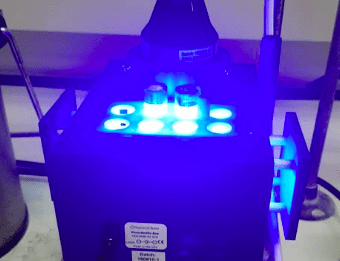
Abstract The use of visible light to activate transition metal catalysts towards redox processes has transformed the way organic molecules can be constructed. Promotion of an electron to an excited state enables the generation of organic radicals...
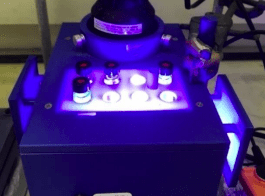
Abstract A quinone-mediated general synthetic platform for the construction of primary α-tertiary amines from abundant primary α-branched amine starting materials is described. This procedure pivots on the efficientin situgeneration of reactive...